I recently got a pleasant email saying one of my paintings had sold. It was a small study I did a year or two ago based on a gloomy New Zealand landscape. I’ll cover:
- Take High-Quality Photos
- Document The Painting
- Name And Date The Back Of The Painting
- Write A Letter To The Buyer
- Prepare A Certificate Of Authenticity
- Clean Up The Edges Of Your Stretched Canvas
- Attach D-Rings And Wire, Or Frame The Painting
- Have Packaging Ready
- Other Considerations
- Want to Learn More?
- Thanks for Reading!

Unfortunately, I was not all that prepared for the sale and it was more stressful than it needed to be. In this post I want to run through some of the things you will need to do before you sell a painting so that you can be prepared when the time comes.
Take High-Quality Photos
You should already have photos of your painting, but if you do not then now is probably your last chance to take them. Remember, once your painting has sold, all you will have to remember it by is a photo.
Also, just because the painting has sold does not mean it cannot be of value to you. You can place it in a “sold” tab on your website, you could write about it on your blog or you might even be able to submit it to competitions (with permission of the buyer).
I recently found some photos of paintings I did all the way back in my early school days, like the ones below:


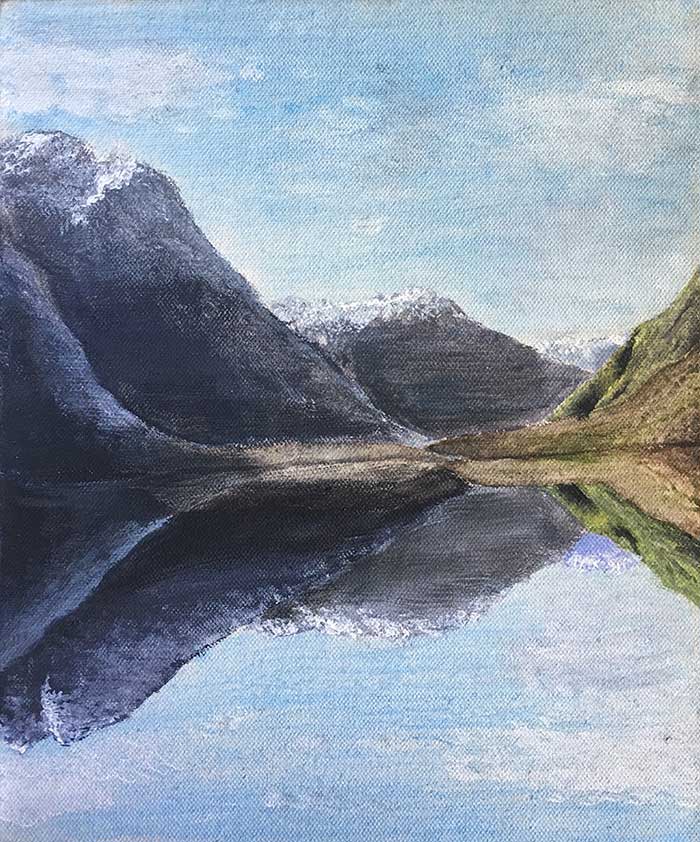
It can be fascinating looking back at earlier works. When I created the above paintings I had no idea about any of the art fundamentals. Most of what I was doing was trial and error.
These paintings are very important to me, so I am glad I have photos of them.
Document The Painting
If you paint a lot then over time you will lose track of the paintings you have created. So I think it is important that you document all your paintings, especially those which have sold.
You could do this in a spreadsheet or just record all the details in the photos you keep of your paintings. For example, for the photos of my paintings I name them as follows:
[Painting Name], [Date], [Size], [Medium], [Sold Status]
This way I can look back over my old paintings and see my progress.
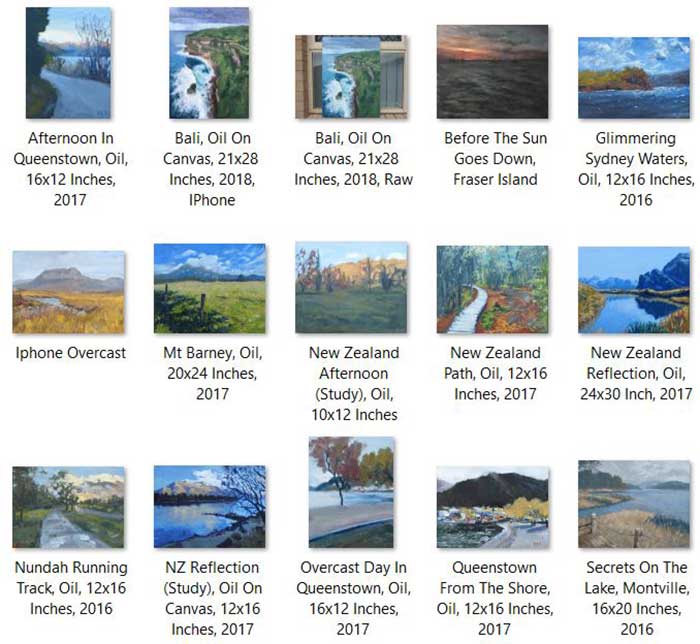
Name And Date The Back Of The Painting
Make sure before you send the painting on its way that you name and date the back of it. This is valuable information for the buyer.
You probably should have already named the painting, but if not then just keep it simple and describe the scene you painted.
Write A Letter To The Buyer
Buying art is a significant and meaningful investment for most people.
I like to show my appreciation by writing a personal letter just thanking the buyer and letting them know how to contact me in the future if they have any questions.
This can go a long way in developing great relationships with your biggest fans.
Prepare A Certificate Of Authenticity
A certificate of authenticity is essentially a document which confirms details of the painting. According to Agora Gallery, here is what you should include in your certificate of authenticity:
- Artist name. This should be located within the headline of the document.
- Title of the work.
- Year of completion.
- Dimensions.
- Medium.
- Edition number, if applicable.
- Special instructions. Make sure, if necessary, to include any special instructions regarding the condition of your work, installation instructions, etc.
- Artwork Image. Ideally, your COA should include a high-resolution image of your work within the document. This ensures ease in archiving the document for both you and the buyer.
- Statement of Authenticity. This should consist of a short, one to two sentence statement declaring the authenticity of your work, as well as a statement that your work is copyrighted by you, and you alone.
If you are selling a few paintings here and there, it may be worth doing up some of these to accompany your works. It certainly makes you look more professional.
Clean Up The Edges Of Your Stretched Canvas
If you painted on stretched canvas, then you should consider what to do with the edges. Here are your options:
- Do nothing. This is fine if the painting is going to be framed, but without a frame it may look a bit unprofessional.

- Tape the edges before you start painting and then remove the tape once you have finished. This way you will be left with a crisp, white edge.

- Extend the painting over the edges. This is becoming a popular option, however it does come with the extra work of continuing the painting over the edges (which may not seem like much effort, but it can be tedious). You do not need to use the same amount of detail as the main area of the painting. You can just extend the general shapes and colors over the edges (like I did below).

Attach D-Rings And Wire, Or Frame The Painting
Many people want to buy paintings that are ready-to-hang. You have two options for this:
- Attach D-rings and wire to your stretched canvas; or
- Frame your painting.
D-rings are basically just rings which you can secure to the back of the painting on the stretcher bars and attach wire to. I like to place the D-rings about 1/3rd of the way down the canvas.
Just make sure you measure the distance on both sides so that the D-rings are not lop-sided.

Have Packaging Ready
It is extremely important that you safely package your painting so that it does not get damaged in transit. Here is what I like to do to package my painting:
- I take a sturdy cardboard box which closely matches the size of the painting (you want the painting to be secure and not bouncing around).
- I take baking paper and wrap it around the painting. Baking paper is slightly oily so it plays well with the paint.
- I add a few layers of bubble wrap.
- I fill the rest of the box with some kind of filler (like plastic bags or old newspaper).
You can read more about how you can safely package your painting here.
Other Considerations
Here are some other considerations:
- Do not underestimate the importance of selling your painting to someone. Art is such a meaningful and important investment to people.
- Prepare your painting for sale BEFORE it has actually sold.
- Assume your painting will sell. All it takes is the right person to stumble across your painting for it to sell.
Want to Learn More?
You might be interested in my Painting Academy course. I’ll walk you through the time-tested fundamentals of painting. It’s perfect for absolute beginner to intermediate painters.
Thanks for Reading!
I appreciate you taking the time to read this post and I hope you found it helpful. Feel free to share it with friends.
Happy painting!
Dan Scott

Draw Paint Academy
About | Supply List | Featured Posts | Products
Affiliate disclosure: There may be affiliate links to recommended products in this post. If you purchase through any affiliate links I will receive a small commission at no additional cost to you. These funds are used to help grow this website and spread art education to people around the world. Thanks!


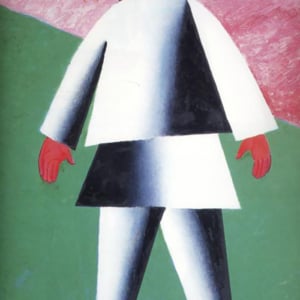
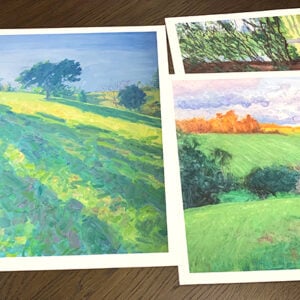
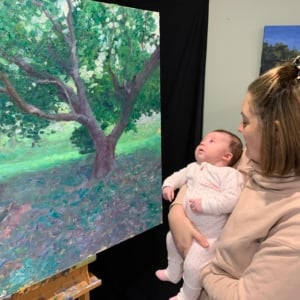

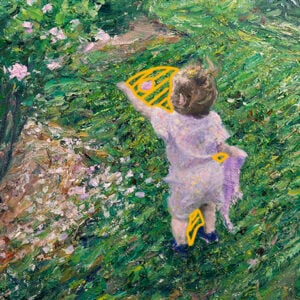
Thank you, Dan! As usual your advice comes at the right time. I just sold a painting and I posted it online before it was actually ready to ship. So now I’m scrambling to do the things you’ve listed. Really good advice!!
Haha great timing then. Congrats on the sale!
Dan
Thank you! I had one in a show, forgot to photograph it, took it off the wall, ran home, shot it and ran it back. LOL. Good thing I did b/c it sold. Categorizing is still an issue.
Haha thanks Chris! Yes I need to categorize my photos better as well.. Dan
Very interesting and helpful… Thank you for sharing.
No problem thanks Robin! Dan
Alas I have never tried to sell my paintings, but I do like your information. I never felt they were good enough. I have however given away dozens. Family and friends say,” hey I like that,” and they can take it home. They send me photos to make a painting for them. My mailperson took one and so did a delivery guy who loved one on my wall. I feel better just giving them away. Rejection at my age ot no sales would sort of make me feel bad LOL.
Thanks Glanda! It is kind of you to give away your art. If people are willing to hang your art in their homes, then people are probably willing to pay for your art. Dan
Me too Glanda..😕 but I do love the tips and I plan to start cataloging my art as well as naming them. Good luck and be blessed.
Thank you so much for all your insight. I have a question; I switched from oil to acrylic because I do not have studio space, and the oils were just taking over the house! However, is it possible to use acrylics as the “thin” layer underpainting, and then doing the oils on top? The oils are so buttery and soft, and I can almost get the same effect with my acrylics, but I am not quite there. Let me know if you think that type of process might be acceptable.
Linda
This is years later and I am by far not an expert, but I have done that
on paintings. Gesso is often acrylic-based anyway so I thought acrylic could work as underpainting? Then I used water-mixable oils over top. Made the process a little quicker because of how fast acrylic dries (although I waited multiple days just to make sure that acrylic was really really dry before putting oils on it.) The painting is a year old and still looks good, although I don’t know if mixing the two will affect longevity long-term.
There are also new “open acrylics” (I think by Golden?) and mediums that supposedly make acrylic act just like oils. I haven’t tried them but I’ve heard good things.
Thank you Dan for knowledge and help.I am Zoe , and i have a question.When someone is ready to sell α painting and how can understand if is good enough.Also how can a painting- abstract painting- be sold by someone who draws and has little experience- only one year. Thank you.
Hi Dan I think this is very helpful information. I have only sold a painting in person and I handed it to them in a nice gift bag. I’m glad that I read your info, so now i know what to do if I ever have to mail one out. Where do you get baking paper? Thanks for your info.
The local Gallery I an in wants me to put paper on the back of my oil paintings. this is something I have never done and I have sold a lot of my work, is this standard for an oil painting?
Hi Rose. I will send you an email. Dan
Hi Dan, very thanks for very useful information .. I always have a question in my mind … Is it ethical to sell the oil paintings that I paint based on photos belonging to other people or the photos I find from Google? Will the paintings be considered original? .. Thank you very much in advance , regards..